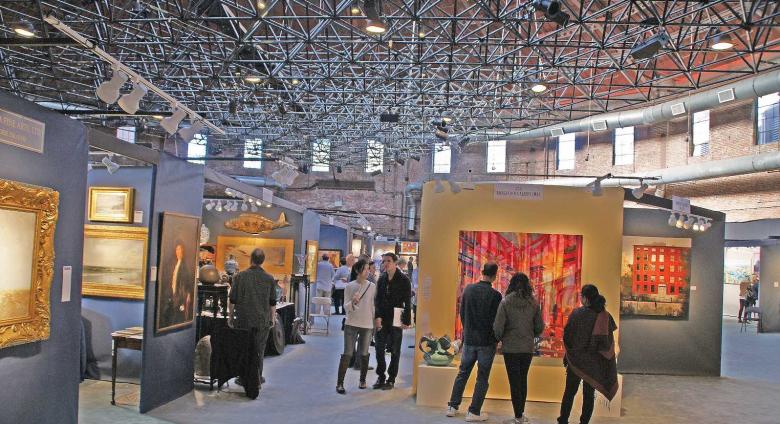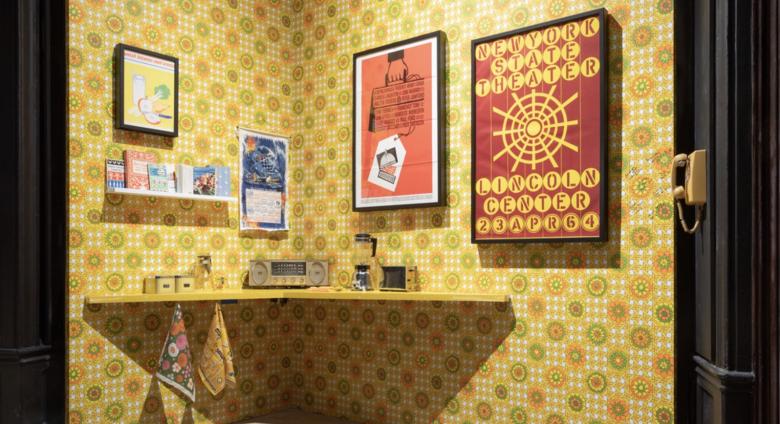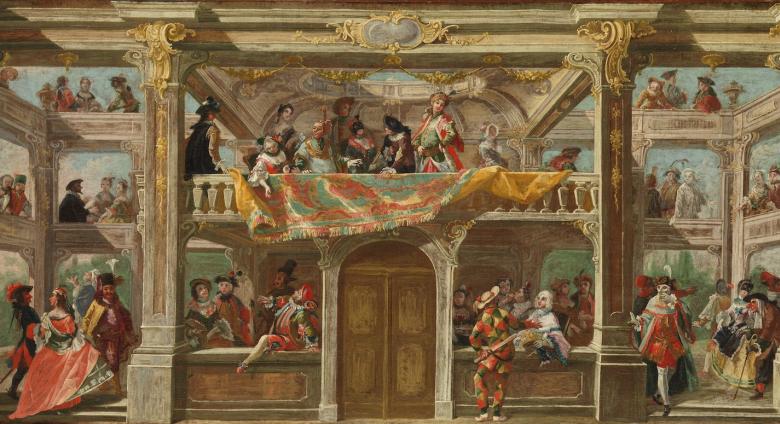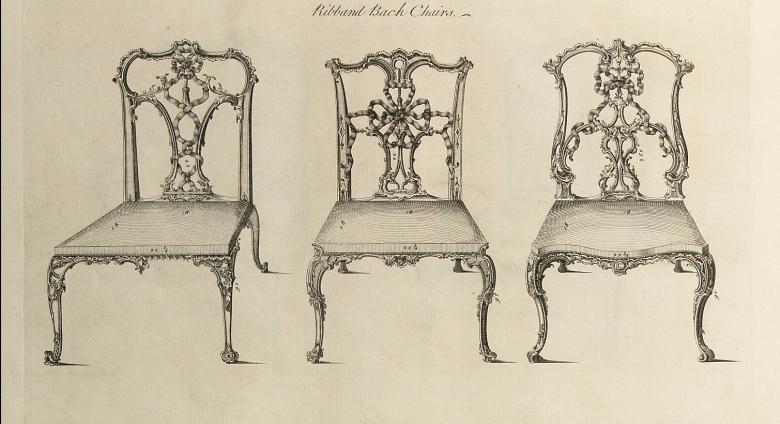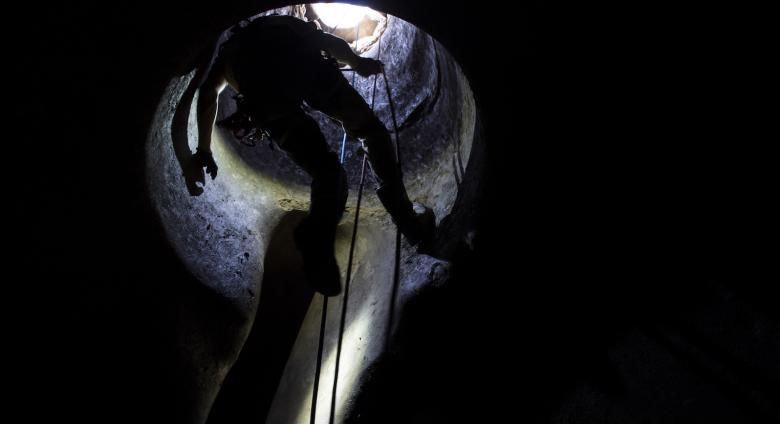The end of WWI left the world in a tense political situation that soon generated new ambitions and rivalries. In Europe, the feelings of humiliation, together with political and economic instability, propelled some countries, such as Italy and Germany, to political extremism.
August 2022 Art News
The Lumonics Light & Sound Gallery is based in Denver, Colorado. The facility includes the gallery, art studio, Lumonics School of Light Art, and a performance space which presents Lumonics Immersed.
Though Aboriginal art is only one of many Indigenous Australian art traditions, it is also one of the most recognizable art forms across the globe. Known for its bold patterns, vibrant colors, distinctive dot patterning, and strong symbolism, many experts believe it to be the oldest continuous art tradition.
The Casa della Regina Carolina Project, focused on an imperial Roman home in Pompeii, seeks to rework many aspects of how we view Roman life, but the team’s current goals are to examine how people of myriad socio-economic backgrounds would have experienced the planted garden spaces of an elite Roman home.
After a two-year hiatus due to the COVID pandemic, the 24rd Annual Boston International Fine Art Show returns October 20-23, 2022, at The Cyclorama, Boston Center for the Arts. The 15,000 square-foot circular venue under a domed skylight features 40 galleries offering a range of fine art from Old Master to Contemporary.
“New York: 1962-1964” is a celebration of the institution hosting it. The Jewish Museum has been a venerable fixture in New York’s cultural firmament for what seems like forever, but six decades ago, under the directorship of Alan Solomon, it was the premier incubator for cutting-edge art when NYC was its undisputed center.
The fedora stays on, the jacket, too, even in the dog days of summer as Bell mills about his new show, Larry Bell & John Chamberlain. His contribution includes a corner of the south gallery occupied by his trademark glass cubes as well as vapor drawings made from cutouts and the same microparticles he applies to the cubes.
Originally, the mask was adorned by members of all socioeconomic classes to conceal identity. This was necessary since most legal and moral boundaries were blurred during this period, and so were the Venetian Republic’s rules regarding upper and lower social classes intermingling. Originating in the fourteenth century, the Venetian mask was originally intended to serve as a method of inclusiveness.
The curators set a welcome stage for the visitor to the Center. Greeting them at the entrance is Martin Sharp’s Blowing in the Mind/Mister Tambourine Man (1968). Sharp is known as the mastermind behind posters and album covers for some of the biggest names in ’60s rock and roll history.
We all need water. No matter where, no matter when, human life cannot survive without it. This has been made acutely and painfully apparent across large swaths of the globe this summer as human-driven climate change has fueled water shortages with detrimental effects to both the environment and human life.








